60-day returns • free shipping on USA orders $129+
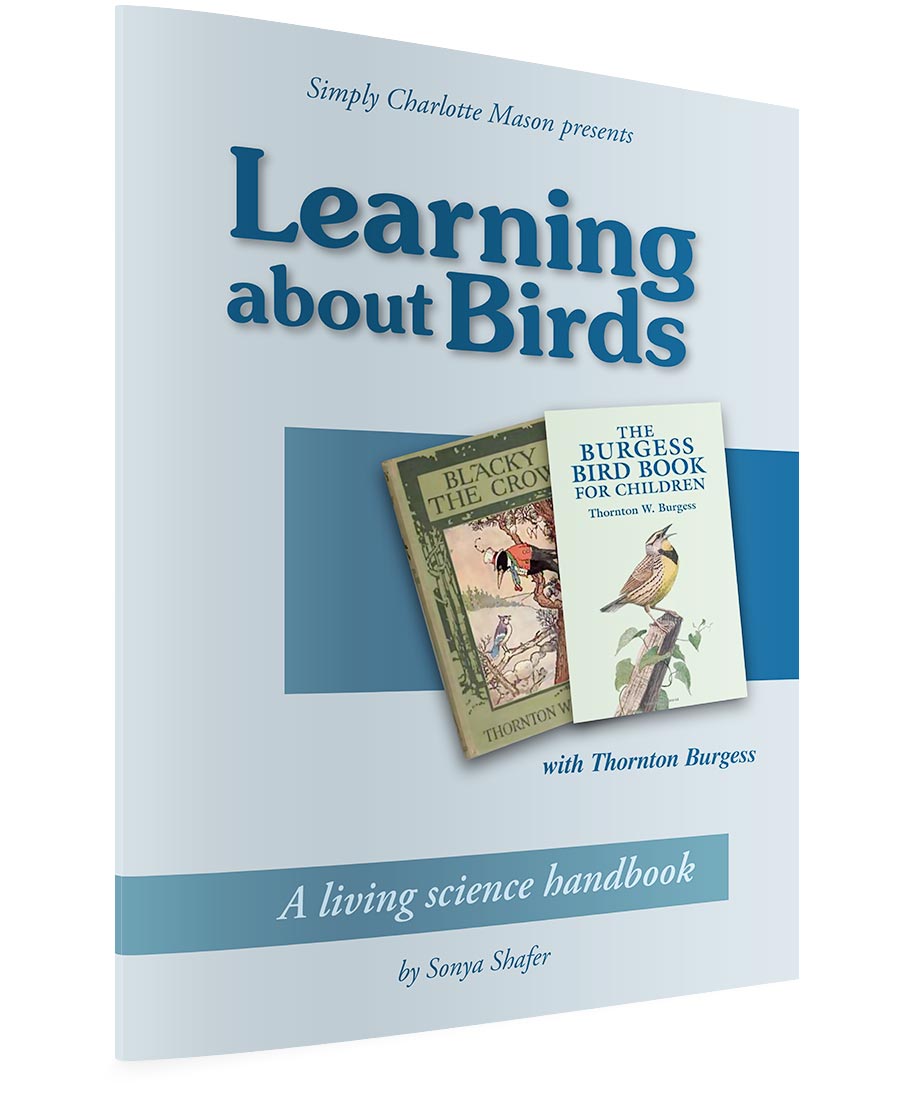

Learning about Birds with Thornton Burgess
$8.95 – $11.95
Spark a lifelong appreciation for nature and good books through two Thornton Burgess classics—The Burgess Bird Book for Children and Blacky the Crow—and this companion guide that gives you a leisurely reading schedule, nature study ideas, cross references, and more! (Grades 1–6)
Click the Book List tab to see a list of materials needed for these lesson plans. See full description
Product Description
Enjoy learning about birds with a beloved author of nature stories for children!
The Burgess Bird Book for Children and Blacky the Crow have long been favorite books among students interested in birds. Now you can use this companion guide alongside both Thornton Burgess classics to explore the delightful world of common birds and their habitats.
Book List for Learning about Birds with Thornton Burgess
Click on the Book List tab to see a full list of the resources needed for these lesson plans.
Learning about Birds with Thornton Burgess gives you
- Day-by-day lesson plans with a leisurely reading schedule,
- Nature study ideas to encourage your students to apply what they are learning,
- Master bird lists for you to record the birds you see in your own backyard,
- Bird habitat templates for an added challenge for older students,
- Cross references to The Handbook of Nature Study for further optional study.
Spark a lifelong appreciation for nature and good books through Learning about Birds with Thornton Burgess!
Book List for Learning about Birds with Thornton Burgess
- Blacky the Crow by Thornton Burgess (Available free online at gutenberg.org)
- The Burgess Bird Book for Children by Thornton Burgess (Available free online at gutenberg.org)
- Fifty Favorite Birds Coloring Book by Lisa Bonforte from Dover Publications OR a blank sketchbook (one for each student)
- Handbook of Nature Study by Anna Botsford Comstock (optional)
- A bird field guide
Additional Information
| ||||||||||
| Dimensions | ||||||||||
|---|---|---|---|---|---|---|---|---|---|---|
| ||||||||||
9 reviews for Learning about Birds with Thornton Burgess
If you have a question, contact us and we will be happy to help.
You may also like…

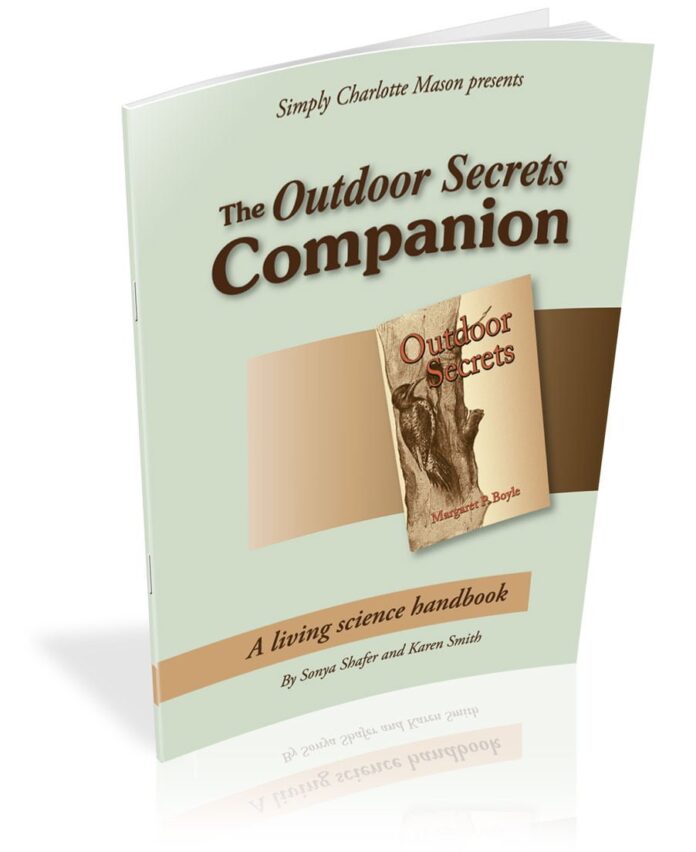
The Outdoor Secrets Companion
$7.95 – $10.95Add to wishlist
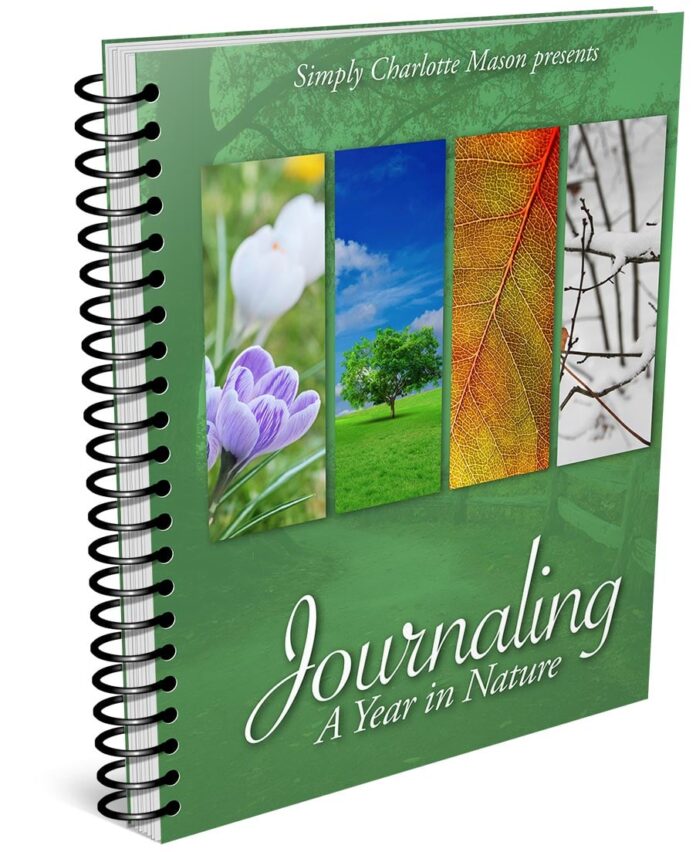
Journaling a Year in Nature
$18.95 – $25.95Add to wishlist
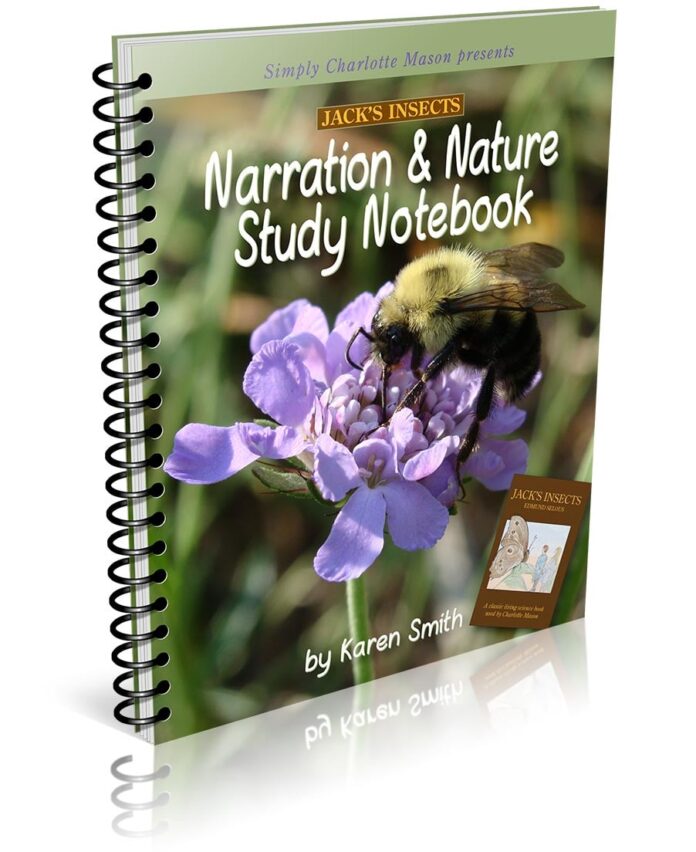
Jack’s Insects Narration & Nature Study Notebook
$13.95 – $18.95Add to wishlist
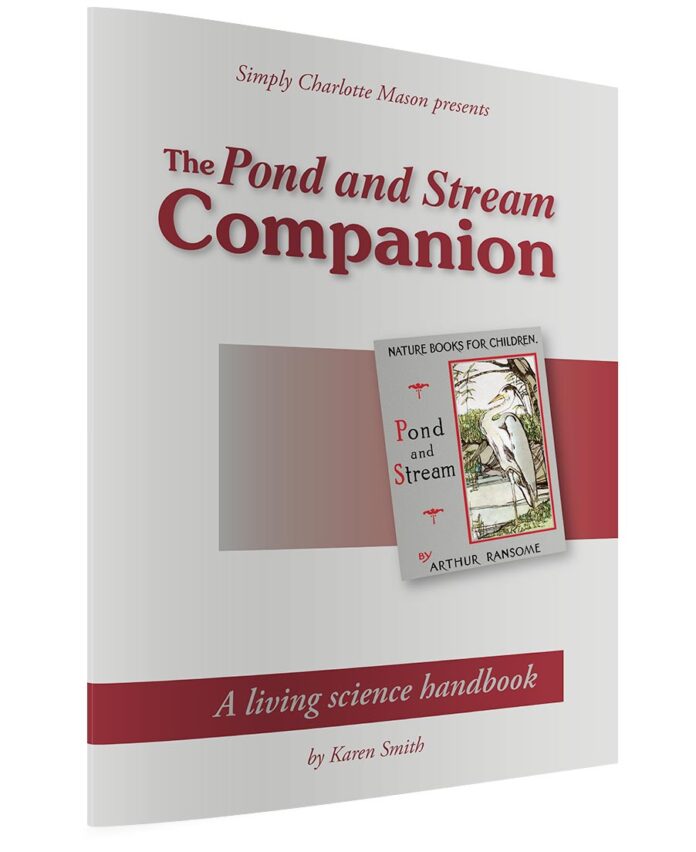
The Pond and Stream Companion
$7.95 – $10.95Add to wishlist
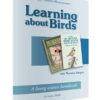



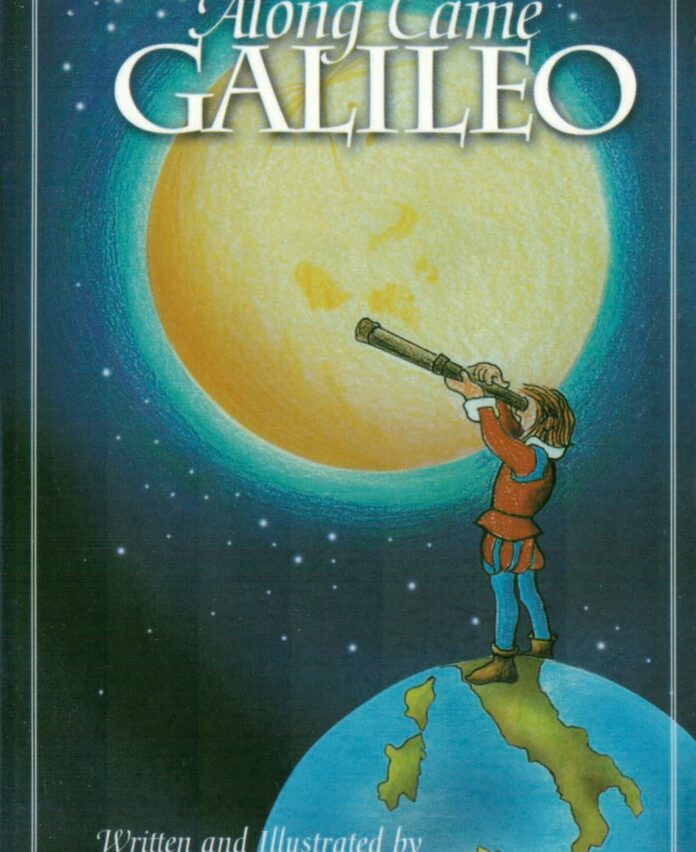
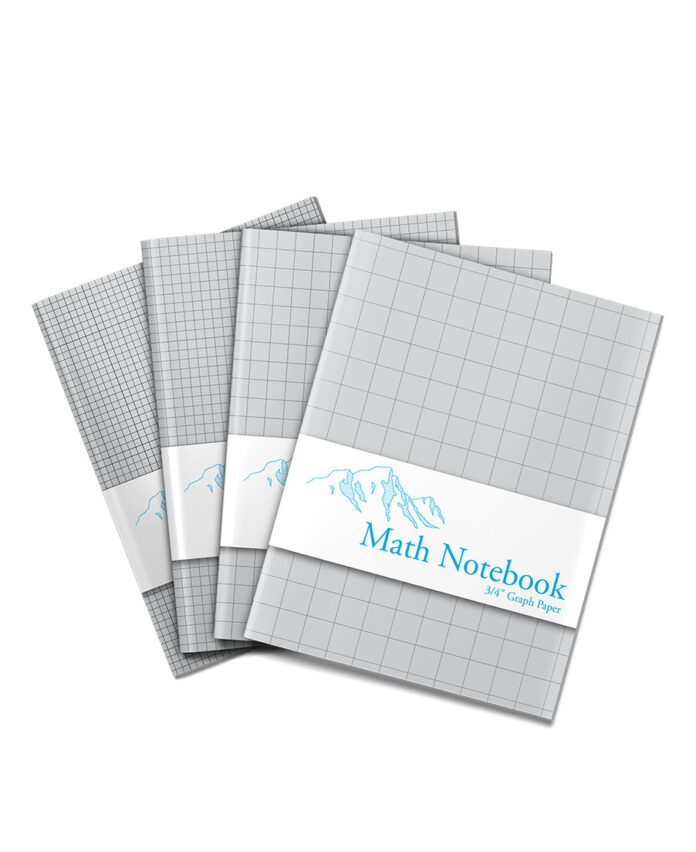
Erika –
I can’t tell you how thrilled I am that you’ve created this! I plan to use the Burgess bird book next year and I’ve been wishing for something to go along with it. Thank you!
JamochaJo –
Question: Is there a list available of needed resources? I’d like to know, in case I need to purchase any. Thank you!
Jordan Smith –
The free sample has the list of resources used in the book on the Materials Needed page.
Lori –
I’m planning on using this for our upcoming school year, it looks as straightforward and well done as all your resources so consistently are. Question: while searching for the Audubon field guides, I see one for Western North American birds and one for Easter North American birds. Should I purchase both? The one for our region? Is one more appropriate for the Burgess book? Am I not finding a complete collection? The Audubon website was not helpful in this search either:)
Jordan Smith –
You’ll want a field guide for your region, since you’ll be using it to identify the birds that you see.
AFthfulJrney –
I was so happy to see this when I came to your website beginning to plan out our next school year. We school from August to May and live in Southwestern PA. Will this book still be effective during those months in the area that I live?
Sonya Shafer –
Learning about Birds with Thornton Burgess walks you through The Burgess Bird Book for Children and Blacky the Crow and encourages you to keep a master list of all the birds you spot and can identify throughout the year. It doesn’t tell you to look for certain birds at certain times of the year. The birds will be presented in the story in a particular order, of course, (the story line happens to start in the springtime), but it’s not a restrictive order for you and your students. The nature study ideas sprinkled throughout the study are general and would apply to whatever birds are in your area during any time of year.
Carol-Anne –
These look like a wonderful resource. We live in Australia and I was wondering if this study would still be appropriate and the logistics of application.
thank you
Sonya Shafer –
Good question, Carol-Anne. The birds covered in the Thornton Burgess books are mainly found in North America. You might take a look at the online version of his Bird Book for Children, which is the main spine for the study. If you scroll past the chapter contents and look at the Expanded Contents, you’ll see exactly which birds are covered in each chapter. Hope this helps!
Stacy Montgomery –
I have a question about the bonus challenge on page 45. Can you explain to me how to use the habitat sheets in making the world map? Aren’t the habitats of the birds in the book all on one farm? I haven’t read it in years, so maybe I’m just not remembering it all, and I’m having my 6th grader complete this for term 3, and wanted to add the additional study for her age. I just wanted to be able to understand completely what the bonus is before I explain it to her next week. I think I just don’t understand quite clearly how to do the bonus challenge.
Thanks so much,
Stacy
Sonya Shafer –
In and around Farmer Brown’s farm are several different bird habitats: some birds live in the trees of the old orchard; some near the still water of the smiling pool; some by the moving water of the laughing brook; some in the great forest; others in the green meadow; etc. So listing each bird you learn about in its particular habitat is one part of the challenge.
The other part is to try to piece together a map of what Thornton Burgess had in his mind when he created this imaginary world. I envision it kind of like the overview map on the flyleaf of Winnie-the-Pooh or Lord of the Rings books. The chapters in the Burgess Bird Book give clues about where each habitat is located in relation to others, so I thought it might be fun for the older students to try to piece together all the clues they hear/read and create that overview map, plotting where the old orchard is in relation to the barn and where the green meadow is located in relation to both of those pieces and so forth. I thought it might be easier to arrange and rearrange the habitats on separate sheets of paper first as they work through the book; then once they have all of the pieces arranged satisfactorily, they could sketch the map and show the World of Thornton Burgess.
Hope this helps!
H.S. –
We are about half way through the book and lessons and we have really enjoyed them! The coloring book that is suggested works perfectly and the stories are really a wonderful way to learn about the character of each bird. I, too, wanted to learn the birds by sight (a life-long wish!) so purchased “Sibley Backyard Birding Flashcards” (2012) which has almost all of the birds spoken of in the story. As we learn a new bird we find a quick video on youtube to see its movements and its song and then look at the flash card. I have kept a running 6-8 flash cards of the birds in our Scripture Memory Box so we can go through them daily. We’ll use them to play little games and quizzes and even my 3 year old is so pleased with himself that he can either say the name of the bird or successfully point it out. A great addition to our day!
Shelby Alford –
We are really enjoying this great resource, and my kids aren’t the only ones benefiting!;) Would you recommend that they listen to the story and THEN write and draw in the notebook about the habitats and habits, or do you think it is too distracting to do it during?
Sonya Shafer –
I’m glad you’re enjoying Learning about Birds. I would encourage you to have them write and draw after the reading as a form of narration.
Jennifer Schieuer –
I’m so excited to use this! The only thing that I wish was different, in looking over the sample, is that that the table of contents also had the name of the birds being covered in each lesson listed along with the lesson numbers. We like to learn about birds as we see them throughout the year, and it would make it so much easier to look up specific birds if the bird names were also listed in the table of contents.